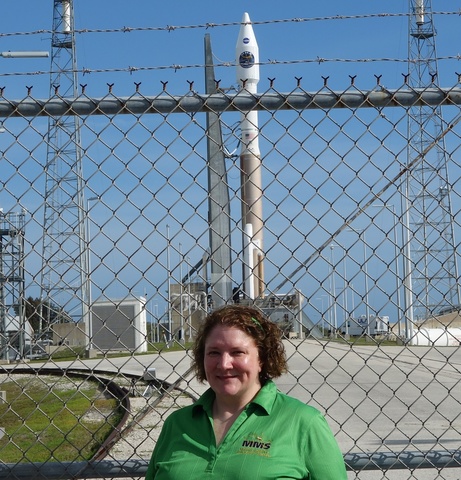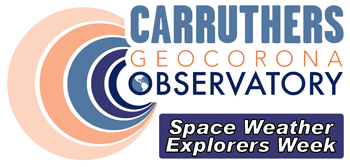Kristine Sigsbee
Kristine Sigsbee grew up in northern Minnesota where she could often see the aurora borealis (northern lights), which inspired her to study magnetospheric physics. When she was a physics graduate student at the University of Minnesota, she spent time at the Poker Flat Research Range in Alaska watching the northern lights and studying data from the Fast Auroral Snapshot (FAST) satellite in real-time as it flew through the Earth’s auroral zones. After she received her Ph.D. in space plasma physics from the University of Minnesota, she worked at NASA Goddard Space Flight Center as a post-doc for two years. She is now continuing her research at the University of Iowa, home of famous space physicist James Van Allen. At the University of Iowa, she has helped test instruments and analyze data for NASA sounding rockets that were launched to study the northern lights. She has worked on data from the joint European Space Agency (ESA) and NASA Cluster mission, as well as the NASA Van Allen Probes (formerly called the Radiation Belt Storm Probes). She has also run computer models to optimize performance of the Electron Drift Instrument (EDI) for the NASA Magnetospheric Multiscale (MMS) mission. Much of her research has focused on low-frequency electromagnetic waves in space that play an important role in the response of Earth’s radiation belts to solar activity. She enjoys converting these electromagnetic waves into “sounds of space” that we can hear.

